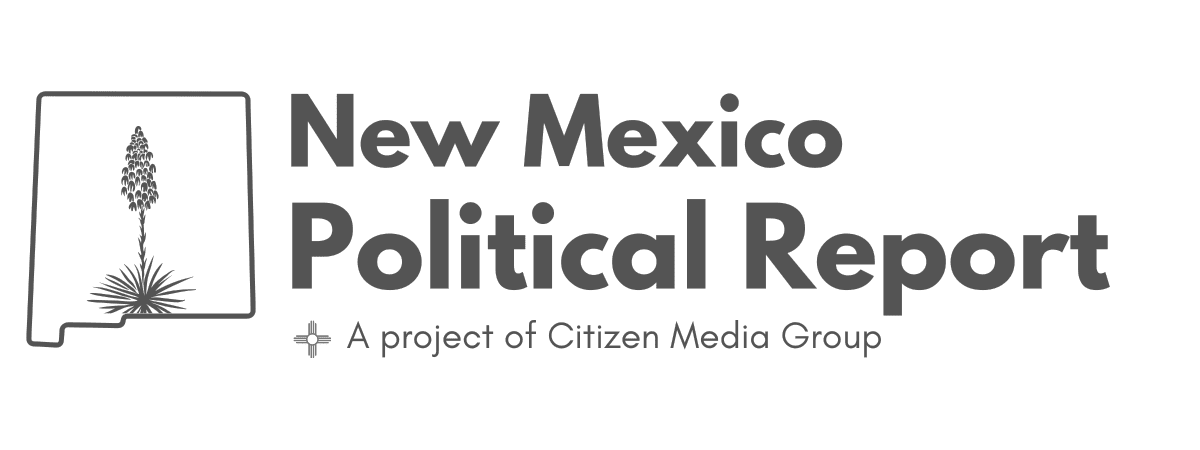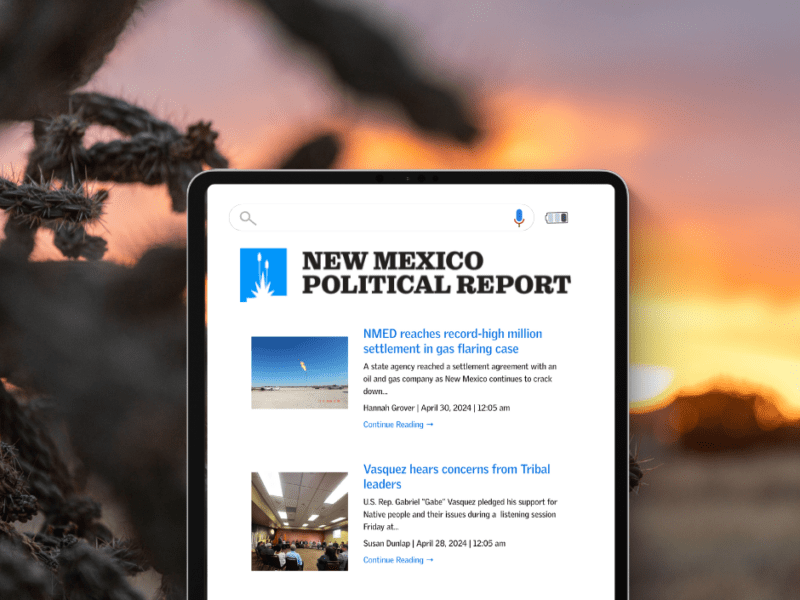On a hot summer morning at the Friedman Recycling plant in Albuquerque’s North Valley, the city’s pungent recycling mix streams past on a series of conveyor belts, with an array of discards like cardboard, water bottles and soda cans first sorted by thrumming machines and human hands into bins, then compressed into giant bales bound […]

